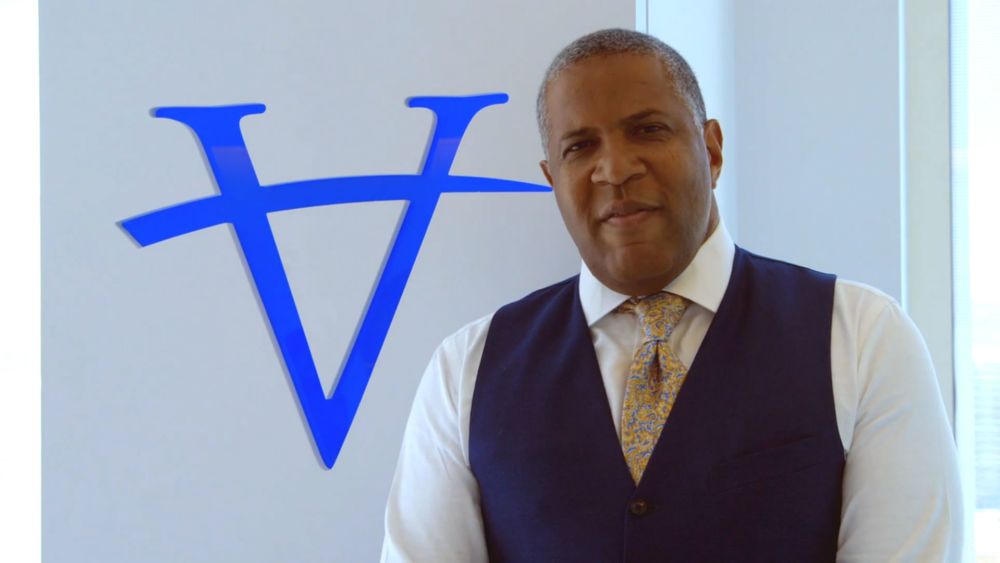G-Free - A Diet You can Live With
Stacy Matson | Best of Best

image by: Memphis CVB
There is a saying, diets don't work. But the G-Free diet makes it possible for people with gluten intolerance to finally live a normal life
When you or someone you know is diagnosed with celiac disease or a gluten intolerance you might think that life as you know it is over. I know I did. A few months ago my daughter was diagnosed with celiac after 18 years of trying to figure out why she always had a stomachache, joint pain, rashes, anemia, and bruising. For my daughter, as with most celiac patients, the path to diagnosis was incredibly frustrating.
Her doctors didn’t know what to do with her multitude of symptoms and that led to many years of misdiagnosis and vague comments that it was all in her head. Ultimately though, we found a doctor who tested her for celiac and we got an official (real) diagnosis. After the diagnosis I started researching celiac disease and what I learned was pretty depressing.
Celiac disease, aka - gluten sensitivity, gluten intolerance, or wheat allergy, is an autoimmune condition.
Essentially, the body mistakes gluten (a protein found in wheat, barley, contaminated oats and rye) as a foreign invader and attacks, damaging the body’s organs and joints in the process. If left untreated, celiac disease can lead to cancer, infertility, osteoporosis, miscarriage, dental problems, anemia, and nervous system disorders. Celiac affects 1 in 133 Americans yet 97% of people who have the disease do not know they have it making it the most common undiagnosed disease in the world. As for the undiagnosed – they’re probably like my daughter – seeking medical advice for years and being told their symptoms are all stress related, or in other words, they’re crazy.
I know I should be happy we finally have a diagnosis that if treated properly is pretty benign. And yes, on the one hand we were relieved but, how on earth do you avoid gluten? Other than salt, wheat and gluten are the most commonly used ingredients in food. Gluten is present in just about everything imaginable, gum, bread, pizza, beer, pasta, soy sauce, ketchup, salad dressing, lunch meat, natural flavors, syrup, malt, spices, etc. While most sources of gluten are obvious there are many hidden strange sources as well: medicines, shampoo, lotion, Play-doh, envelope glue, stamps, and lipstick. As you can see, it’s really, really hard to avoid gluten.
Needless to say it’s a pretty daunting task trying to live gluten free. How do you know what is safe to eat? How do you start the process? We looked for books. We looked online. We asked friends for recommendations. What we found is that there is a lot of horrible, conflicting information out there and it took us a very long time to sort through it. But, we eventually found a few sources that have been quite helpful. And, I’m happy to say there are no more tearful grocery shopping trips or stomachache inducing restaurant outings for us.
We found two books that have become our bible 1) The Gluten Free College Student Cookbook and 2) The G-Free Diet. Both are great resources but, unless you need to know how to make a gluten free grilled cheese sandwich in a rice cooker in your dorm room I think “The G-Free Diet” should be your first purchase. If you can ignore the cheese-ball cover and put aside any pre-existing opinions about the author, Elisabeth Hasselbeck, this book should help ease the transition into G-Free living.
First off, I found The G-Free Diet very easy to read. It’s filled with straightforward medical and nutritional information and personal stories meant to alleviate the worries and anxiety about this forced lifelong diet. Hasselbeck also has a positive but realistic attitude throughout the book which is really hard to find and makes everything seem less scary.
The book is divided into easy to read chapters that are more story than textbook. It opens with medical advice from experts such as Dr. Andrew Weil, Dr. Peter Green, and nutritionist Ashley Koff. The trio explains what gluten is and the damage it is doing to your body. The following chapter is called “How to tell if you are gluten intolerant.” This chapter discusses the most common signs and symptoms: upset stomach, ulcers, headaches, bloating and abdominal pain, skin rashes, mouth sores, muscle cramps, and joint pain. In this chapter you will find a list of questions to ask your doctor and tests to demand.
What’s really impressive about The G-Free Diet is its practicality. Hasselbeck understands that not everyone will be willing to live gluten free just because you have to. So, to address this challenge, she dedicates a chapter of the book on how to set-up a kitchen that will avoid conflict and cross contamination issues. She calls it the “modified G-Free kitchen” where both gluten-free and gluten-containing foods are stored and prepared. If you are newly diagnosed or afraid of the G-Free diet this chapter will make the shared kitchen seem do-able.
At first glance, the diet appears very restrictive and overwhelming, but Hasselbeck offers hope by pointing out that there are entire food groups that are naturally gluten-free, including all fruits and vegetables, organic poultry, meat and fish, all nuts and seeds, and eggs. And, if you're addicted to bread products you can still enjoy most of these items if they are made from the following gluten-free items: millet, buckwheat, corn, rice, tapioca, and quinoa. Hasselbeck offers a shopping guide to locate these items and online resources to order them if you cannot find them in a store near you.
Another useful part of the book is about what to do when eating out. Hasselbeck provides a G-Free restaurant guide where you can enjoy certain meals gluten-free. She also offers practical suggestions such as calling ahead and speaking with the kitchen staff about their options and your restrictions. Maybe the most helpful part in this section is the food terminology guide for items that may have hidden gluten sources on any menu. She also provides a restaurant tear-out card to take with you, just in case. This particular bit has been a lifesaver for my daughter. She can go out with her friends and still enjoy her food without fear.
In her last chapter, Hasselbeck talks about the connection between Autism and the Gluten Free/Casein Free Diet (GFCF). I know, that’s a highly controversial subject but, she cites recent studies and has medical doctors that support the idea that a diet change could be beneficial for some autistic children. She points out that, “If eliminating gluten and casein from your child’s diet can even slightly reduce the severity of his ASD, why not talk to a physician who could help you make this change?” How do you argue with that?
For someone new to the gluten-free diet and lifestyle Hasselbeck provides a list of scenarios where you might encounter gluten filled foods and what to do about it. There are tips on how and where to shop, what to do about food during social situations, and how to explain your diet to friends and family. However, don't expect to find a lot of recipes or menu ideas in this book because there aren’t many. That’s why we had to supplement with “The Gluten Free College Student Cookbook.”
The Bottom Line
The 'G-Free Diet' is a great guide for someone who has just been diagnosed with celiac disease, is just starting a gluten-free diet, or even for those that have been on a gluten-free diet for a while but haven't completely mastered it. And best of all, following Hasselbeck’s advice my daughter’s symptoms have mostly disappeared. All it took was 18 years and this book.
Stacy Matson, a health enthusiast from Southern California, regularly blogs on Celebrity Health for A Healthier World, as well as contributing to the Best of the Best.

Introducing Stitches!
Your Path to Meaningful Connections in the World of Health and Medicine
Connect, Collaborate, and Engage!
Coming Soon - Stitches, the innovative chat app from the creators of HWN. Join meaningful conversations on health and medical topics. Share text, images, and videos seamlessly. Connect directly within HWN's topic pages and articles.
















